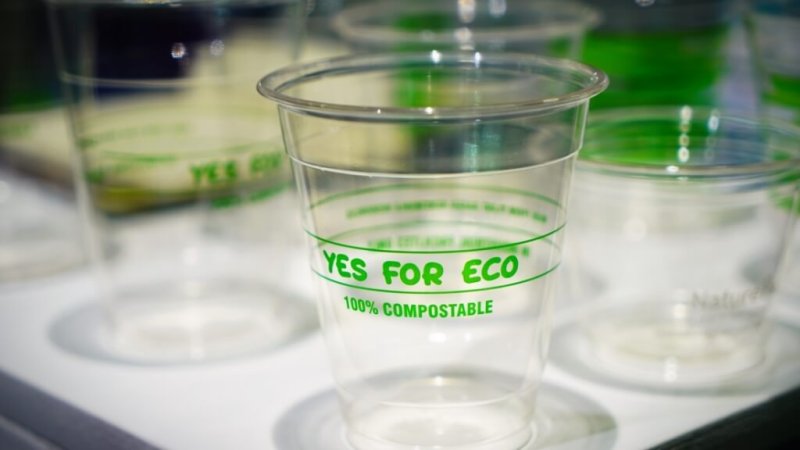Nowadays, scientists can use CRISPR design technologies to protect the environment. Remember, the environment is at the mercy of human destruction. Thus, technologies like CRISPR are coming in at the right time.
…
Designed to explicitly edit cells and genes, CRISPR can be used on key bacteria-containing pathways to produce biofuels. It’s important to get these organisms to grow naturally. From here, they churn out the biofuel-based precursors.
…
Besides fuels, there are other petroleum products. For instance, certain types of yeasts can be used to produce compounds that are similar to plastics. They are known as bioplastics… CRISPR can be used to make these compounds more abundant.
CRISPR is also beneficial when it comes to bioremediation. It’s also important to note that certain microbes are engineered in such a way that they can degrade plastics. Also, there are certain bacterial species as well as fungi that occur naturally. These elements can effectively degrade any compound found in plastics… It’s common to find scientists using CRISPR to engineer microbes and plants to take up more metals, spills, as well as clean up oil. It can also be used for improving water treatment processes.































